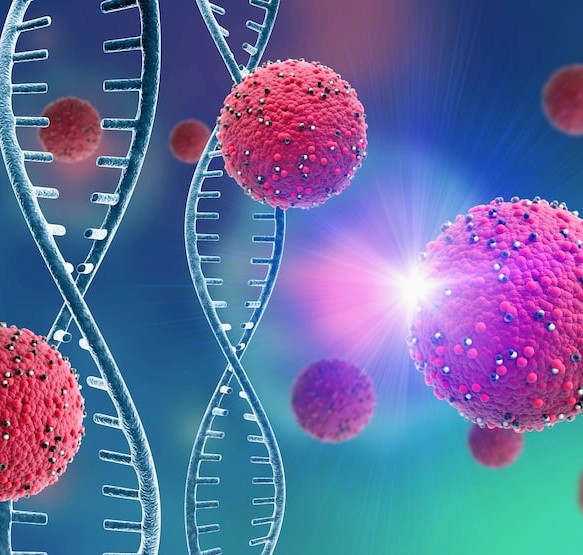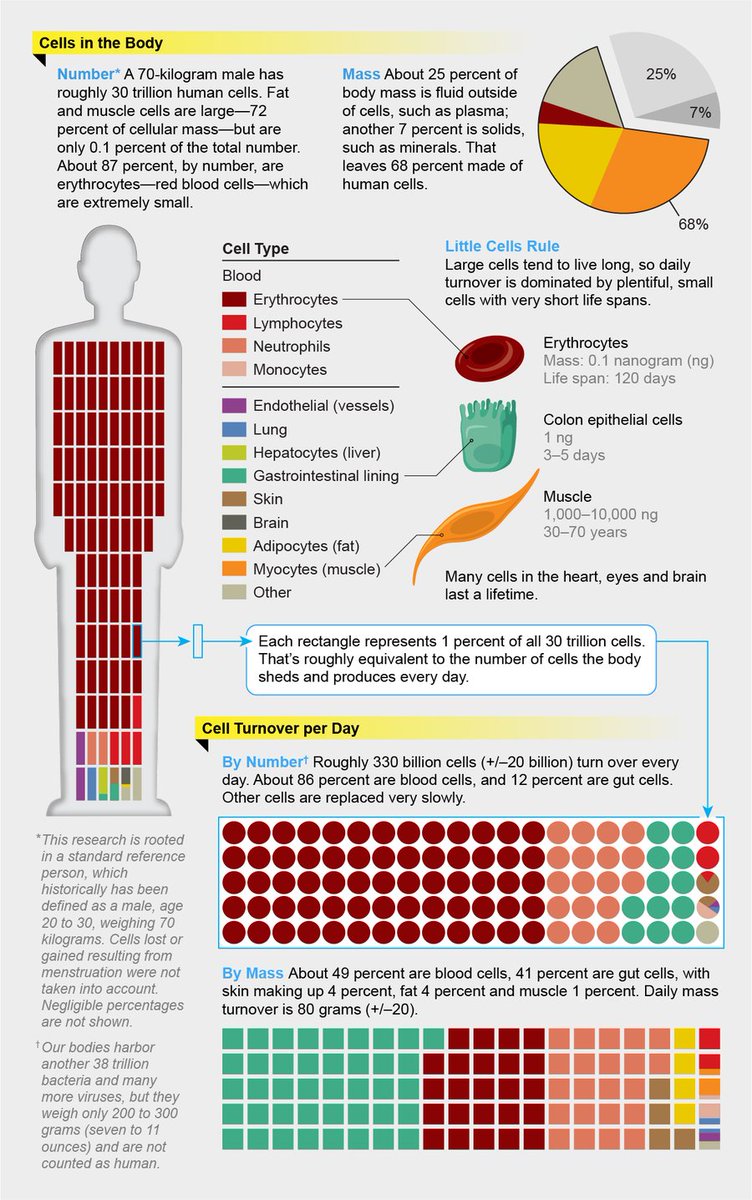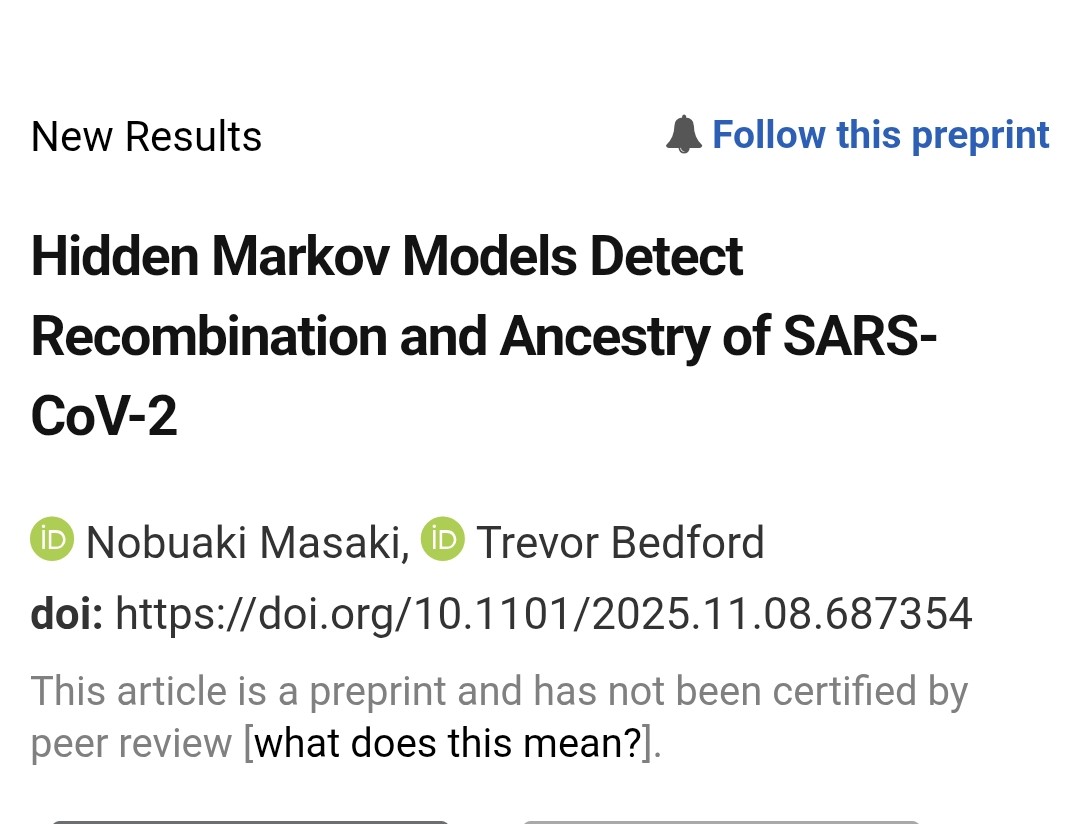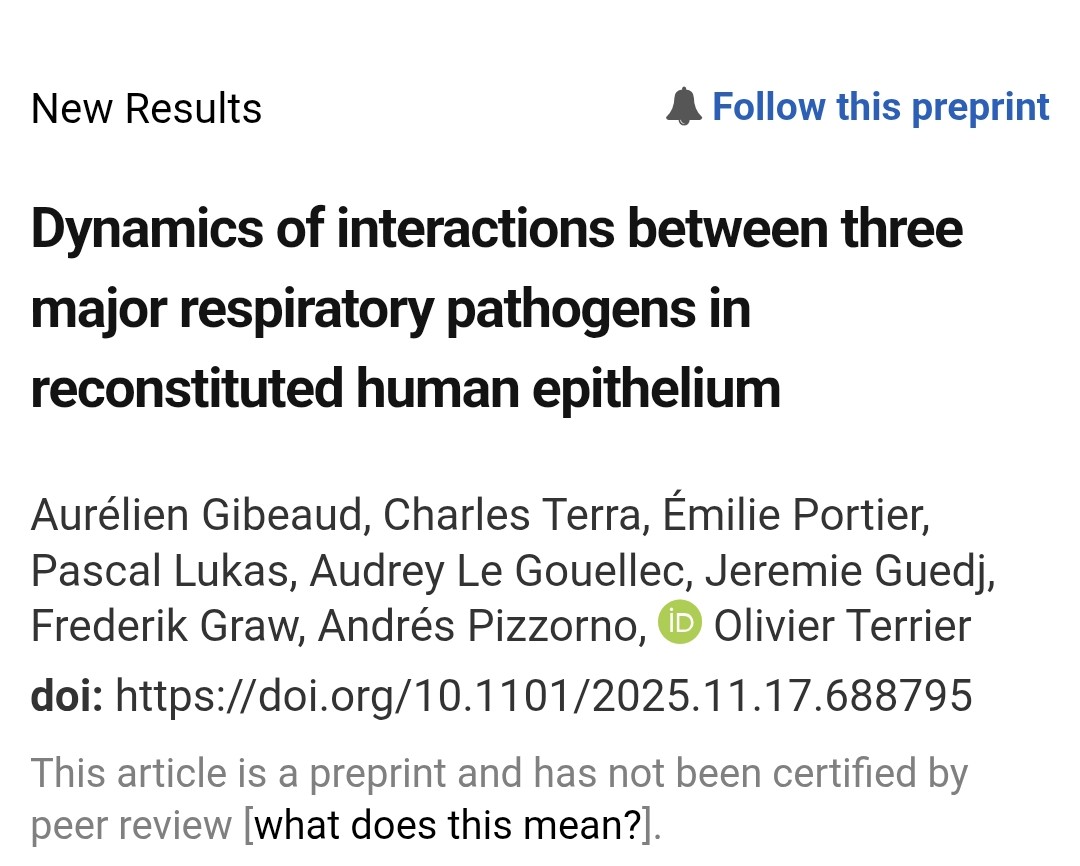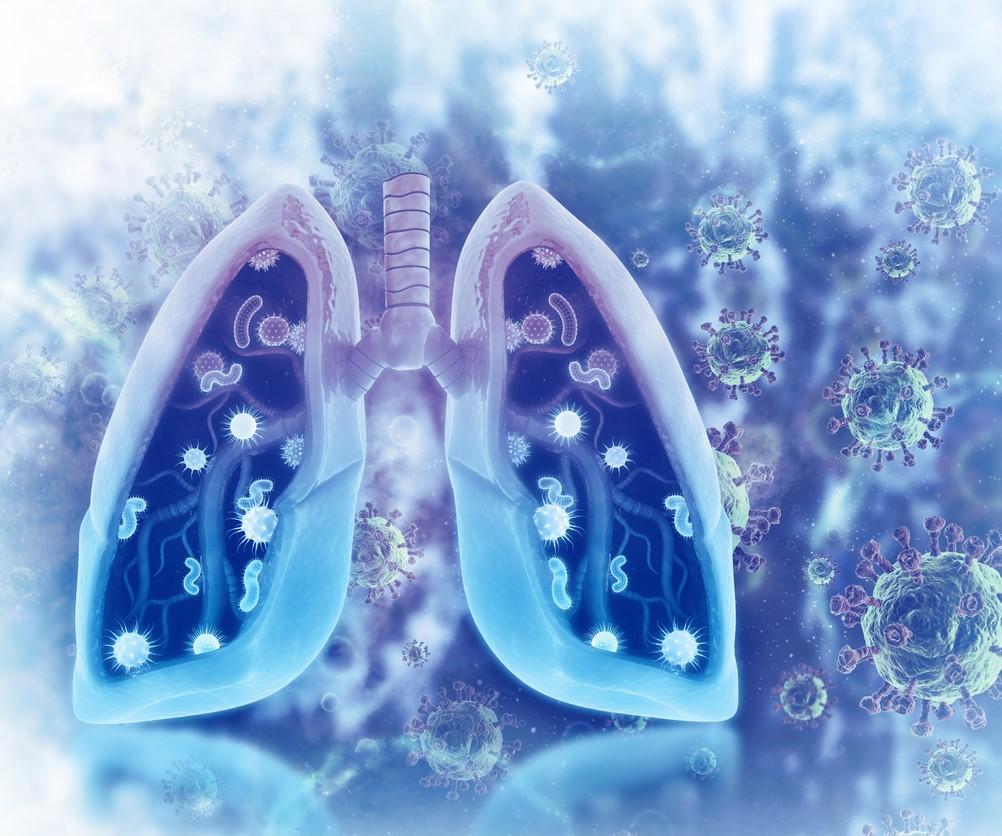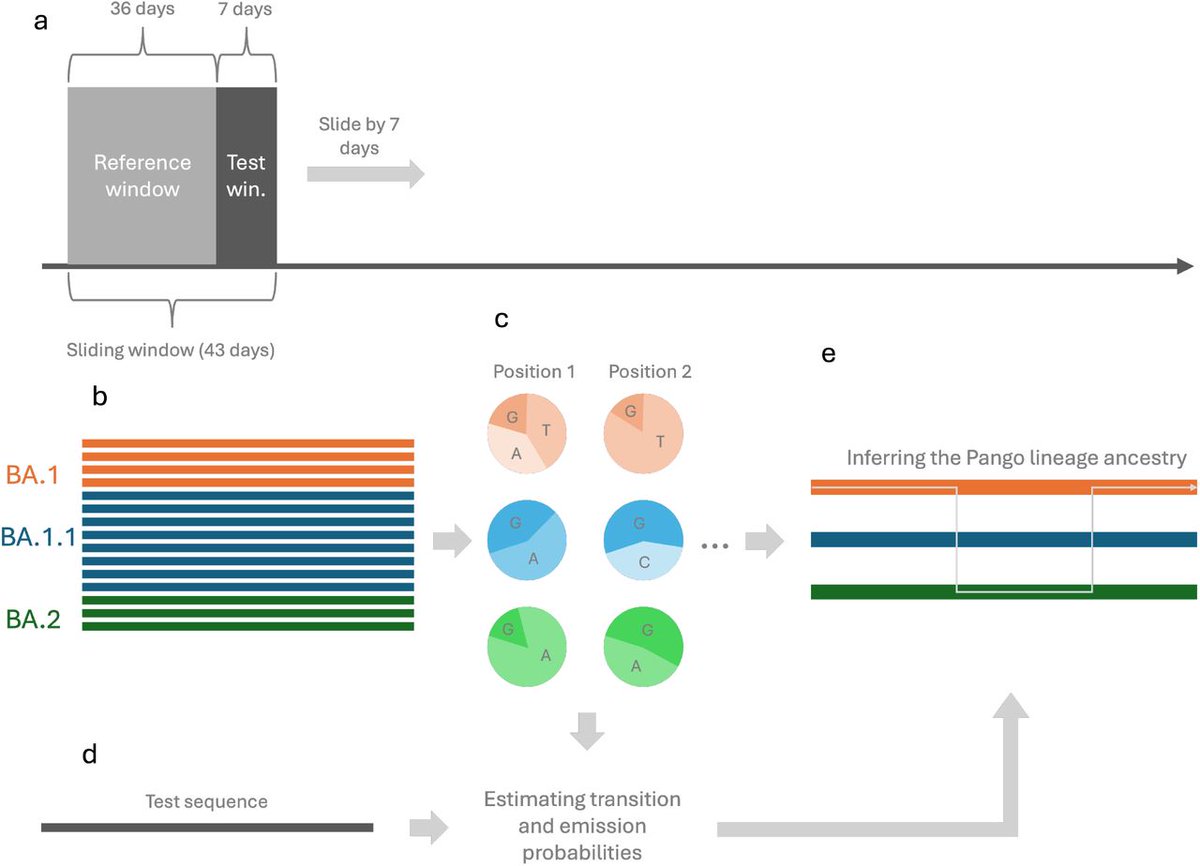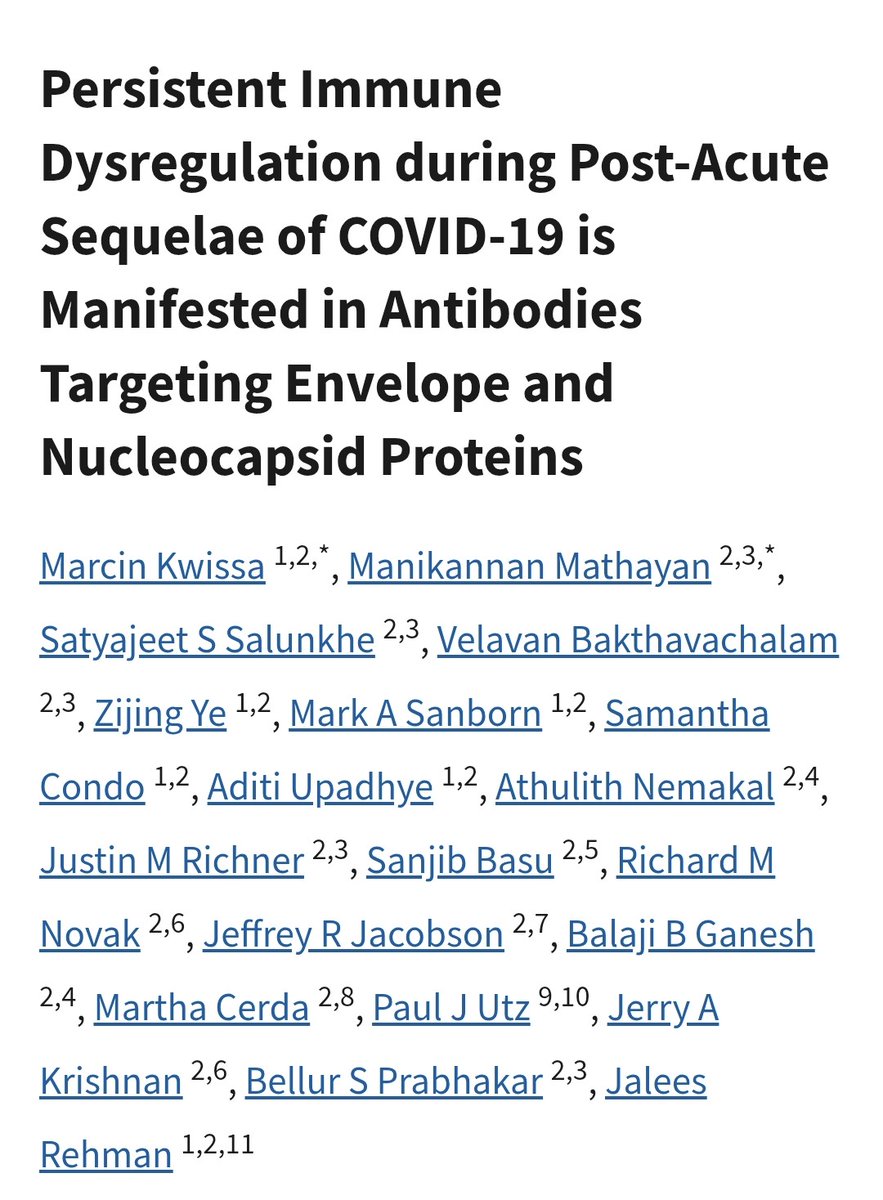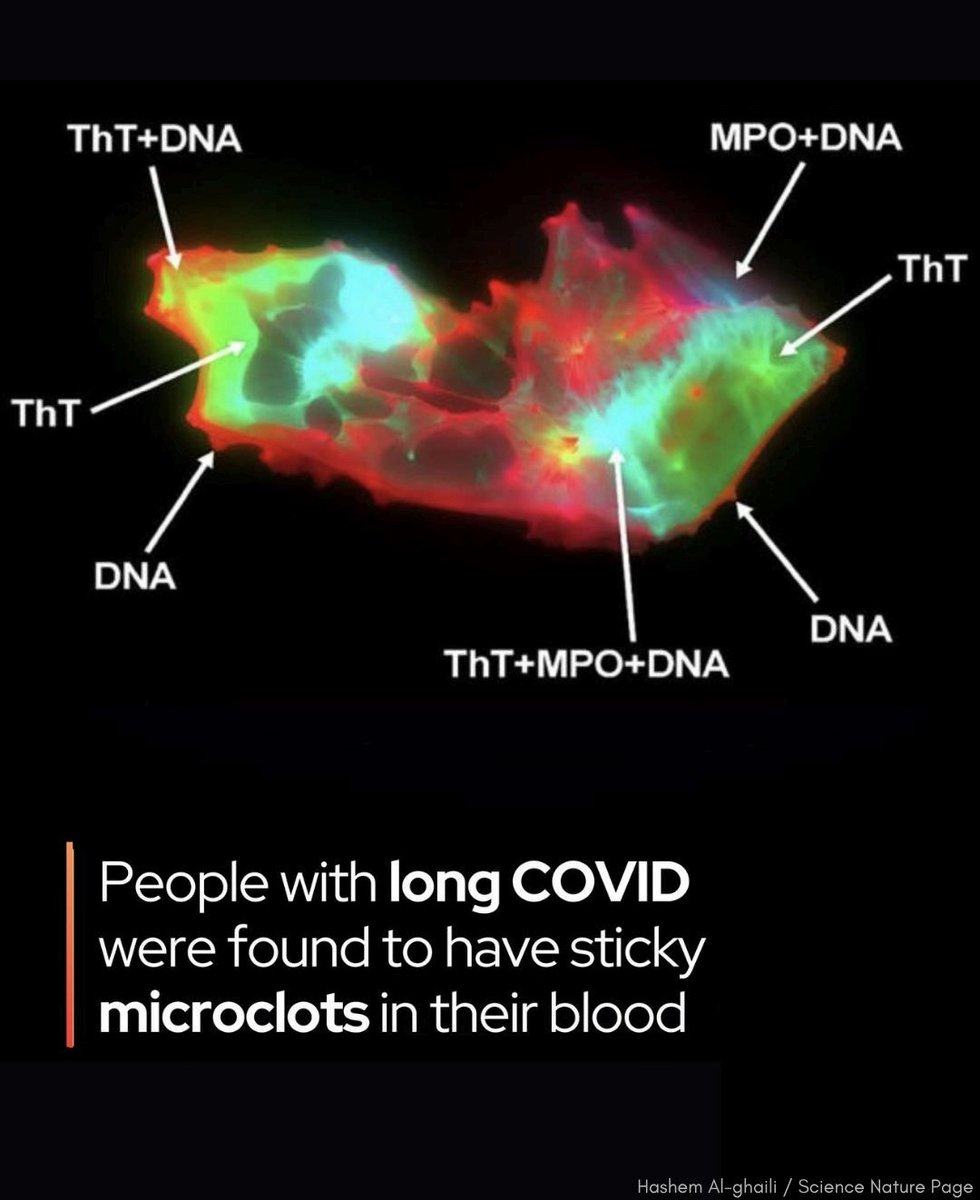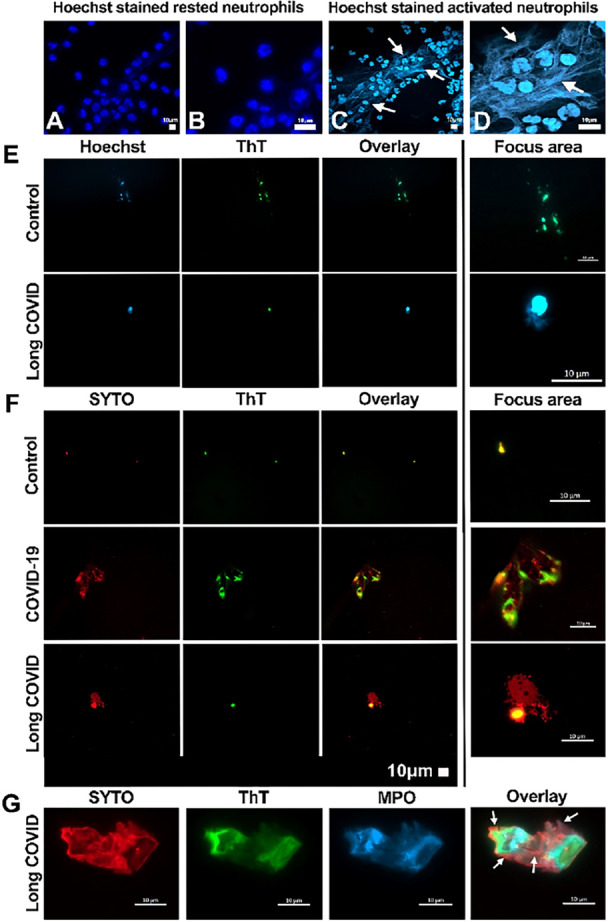TEA for COVID ? 🤔
"Here we show that Omicron subvariants were effectively inactivated by green tea, Matcha, and black tea and strongly suppressed infectivity of BA.1 and XE subvariants, while effect on BA.2.75 was weaker"
nature.com/articles/s4159…

"Here we show that Omicron subvariants were effectively inactivated by green tea, Matcha, and black tea and strongly suppressed infectivity of BA.1 and XE subvariants, while effect on BA.2.75 was weaker"
nature.com/articles/s4159…

2) Decrease in infectivity of omicron subvariants by treatment with tea
Fig. Analysis of inactivation effects of tea and green tea catechins on SARS-CoV-2 Omicron variants.
Fig. Analysis of inactivation effects of tea and green tea catechins on SARS-CoV-2 Omicron variants.

3) Inhibition of the interaction of BA.1 RBD with ACE2
Fig. Structure of EGCG binding with the Omicron RBD of the BA.1 and BA.2.75 lineages
Fig. Structure of EGCG binding with the Omicron RBD of the BA.1 and BA.2.75 lineages

5) Inactivation of BA.1 Virus in vitro by Saliva from Volunteers Who Consumed a Candy Containing Tea. Healthy volunteers consumed a placebo candy (without tea) or a candy containing either green tea or black tea for 5 min 

6) DISCUSSION
Each subvariant showed different sensitivity to catechins and theaflavins. This may be due to various amino acid substitutions in the RBD of the S protein of each subvariant.
The study may suggest molecular basis for potential usefulness of tea catechins and ...
Each subvariant showed different sensitivity to catechins and theaflavins. This may be due to various amino acid substitutions in the RBD of the S protein of each subvariant.
The study may suggest molecular basis for potential usefulness of tea catechins and ...
7) ...their derivatives in suppression of transmission of mutant viruses that could emerge in the future and cause next pandemic."
Thanks for reading 🙏
FYI
@UseBy2022 @1goodtern @DavidJoffe64 @RadCentrism @HarrySpoelstra @MeetJess
Thanks for reading 🙏
FYI
@UseBy2022 @1goodtern @DavidJoffe64 @RadCentrism @HarrySpoelstra @MeetJess
• • •
Missing some Tweet in this thread? You can try to
force a refresh



